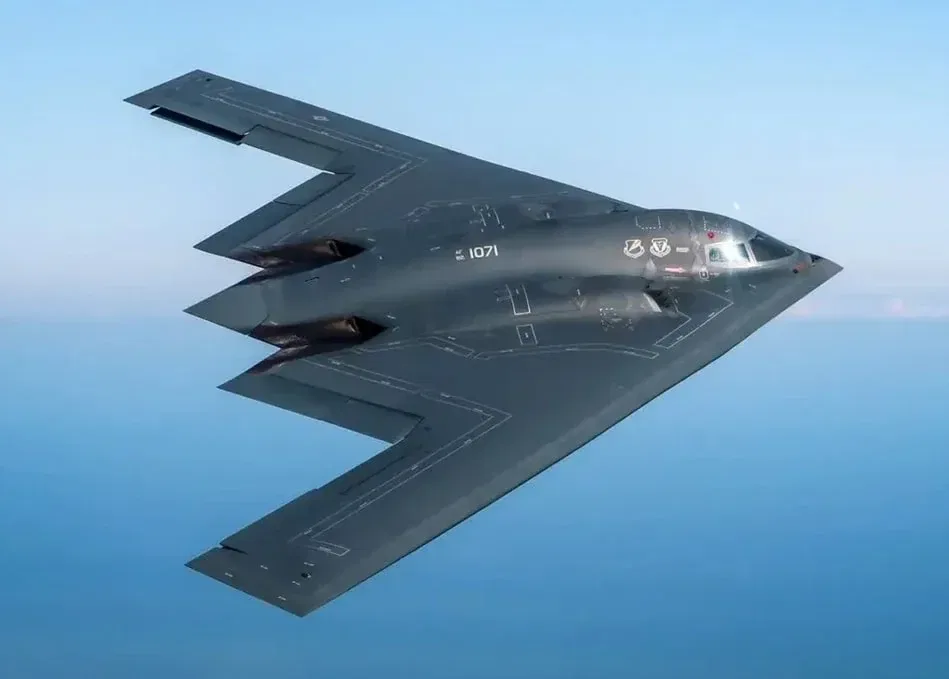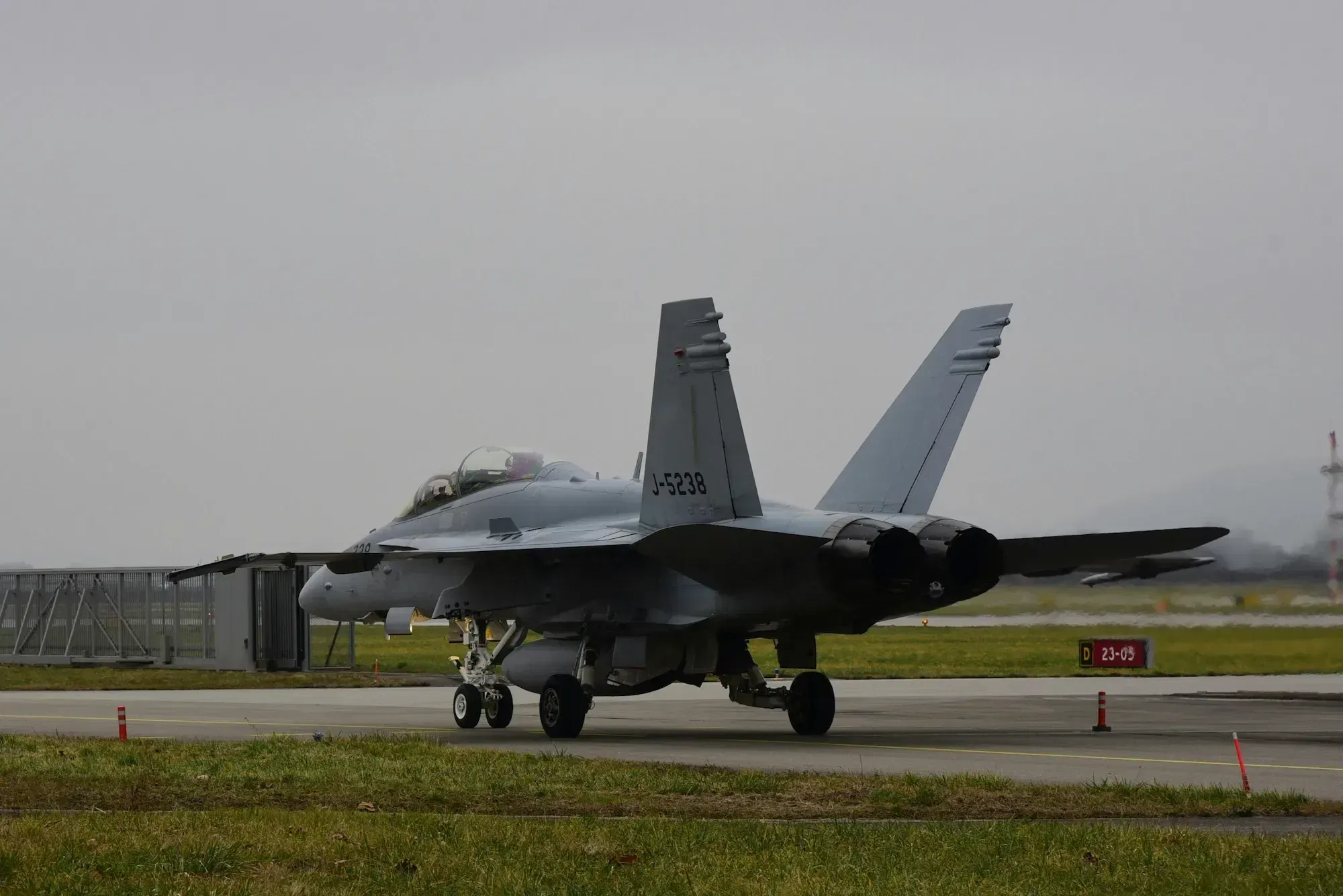
Types of Airplane Tail Designs: How They Influence Flight Stability and Manoeuvrability
The tail section of an airplane—often called the empennage—plays a critical role in the stability, control, and performance of the aircraft. Whether you're building a foam RC model or designing a full-scale airplane, understanding tail configurations helps you make informed decisions about flight characteristics like yaw control, pitch stability, and aerodynamic efficiency.
What Is the Purpose of a Tail in Aircraft?
The tail of an airplane usually consists of two main parts:
- Horizontal stabilizer (and elevator): Controls pitch (nose up/down)
- Vertical stabilizer (and rudder): Controls yaw (nose left/right)
These components ensure that the aircraft maintains directional and pitch stability during flight. Depending on the design goals (speed, agility, endurance), engineers use different tail configurations.
Control Surfaces in the Tail Section
Elevator
- Location: Attached to the rear of the horizontal stabiliser.
- Function: Controls the pitch of the airplane (nose up or down).
- Effect on Flight: Pulling the elevator up makes the nose rise, causing the airplane to climb. Pushing it down causes descent.
Rudder
- Location: Attached to the rear of the vertical stabiliser (fin).
- Function: Controls the yaw of the airplane (nose left or right).
- Effect on Flight: Turning the rudder right moves the nose to the right and vice versa. It is often used in coordination with ailerons for smooth, balanced turns.
Stabilizers
- Horizontal Stabilizer: Keeps the airplane stable in pitch.
- Vertical Stabilizer: Keeps the airplane stable in yaw.
- These surfaces passively resist unwanted motion and help the airplane return to level flight after disturbances.
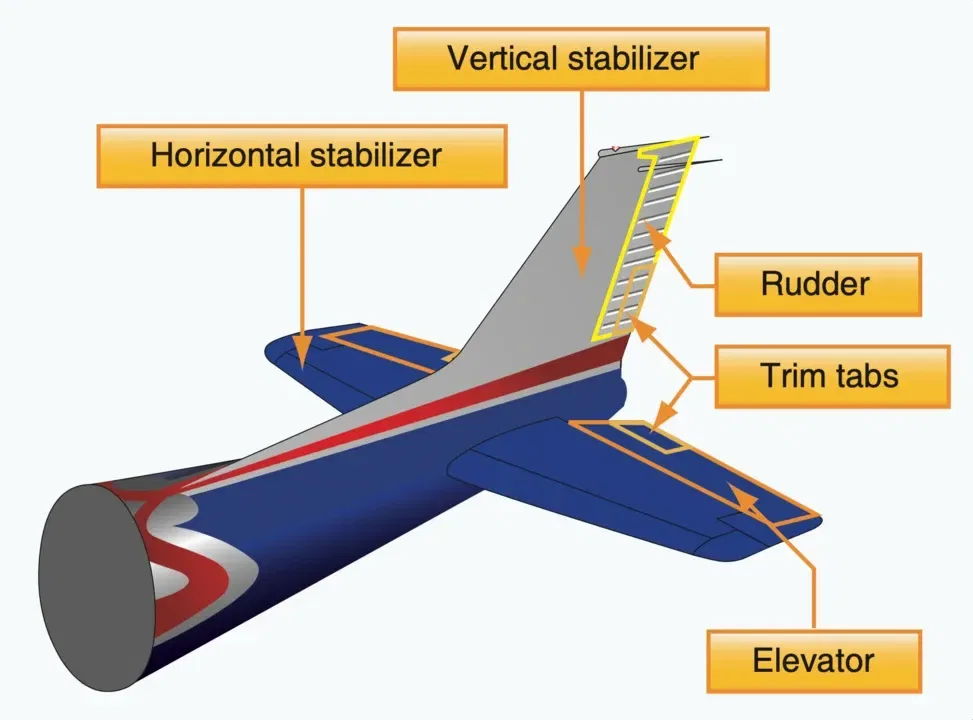
Common Types of Tail Configurations
1. Conventional Tail (Standard Tail)
Structure: Horizontal stabilizer and elevator at the rear of the fuselage, vertical stabilizer above them.
Advantages:
- Excellent pitch and yaw stability
- Easy to design and build
- Common in most general aviation and RC planes
Performance:
- Stable and predictable
- Slightly more drag due to interference between horizontal and vertical surfaces
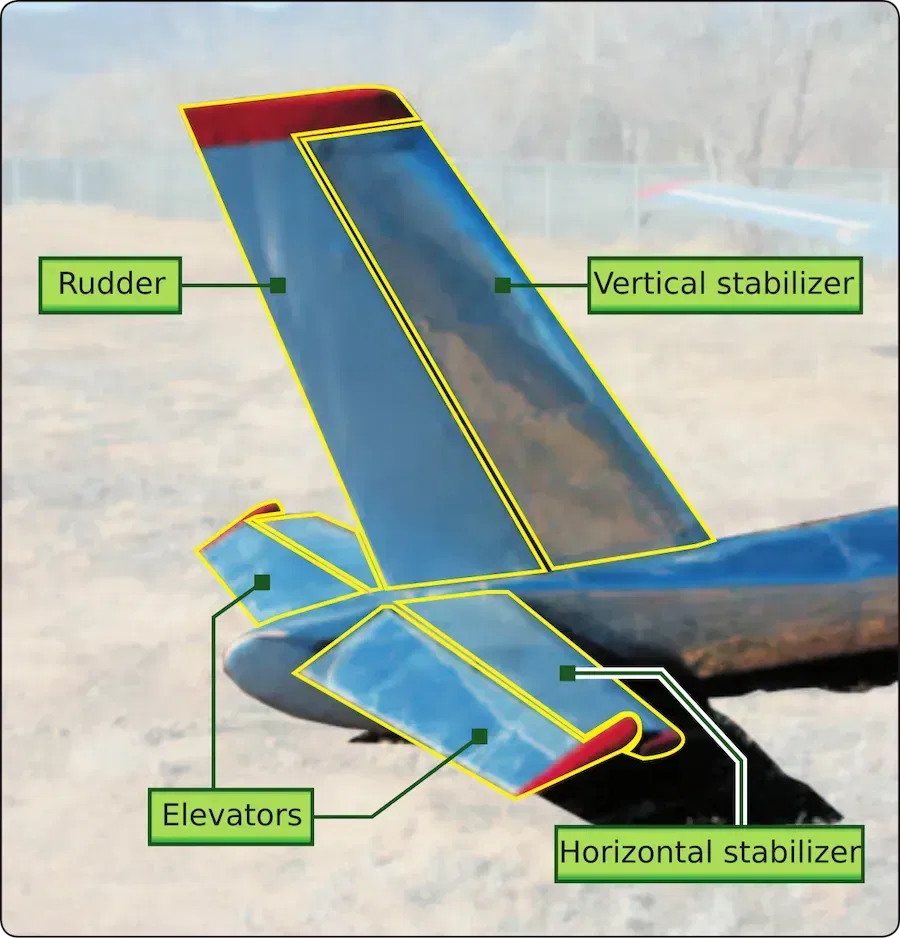
2. T-Tail
Structure: Horizontal stabiliser mounted on top of the vertical fin, forming a "T" shape.
Advantages:
- Reduces aerodynamic interference from the wing’s downwash
- Cleaner airflow over the horizontal stabiliser
Challenges:
- Can cause deep stall at high angles of attack
- More complex to build and maintain
Typical Use: High-speed jets, gliders
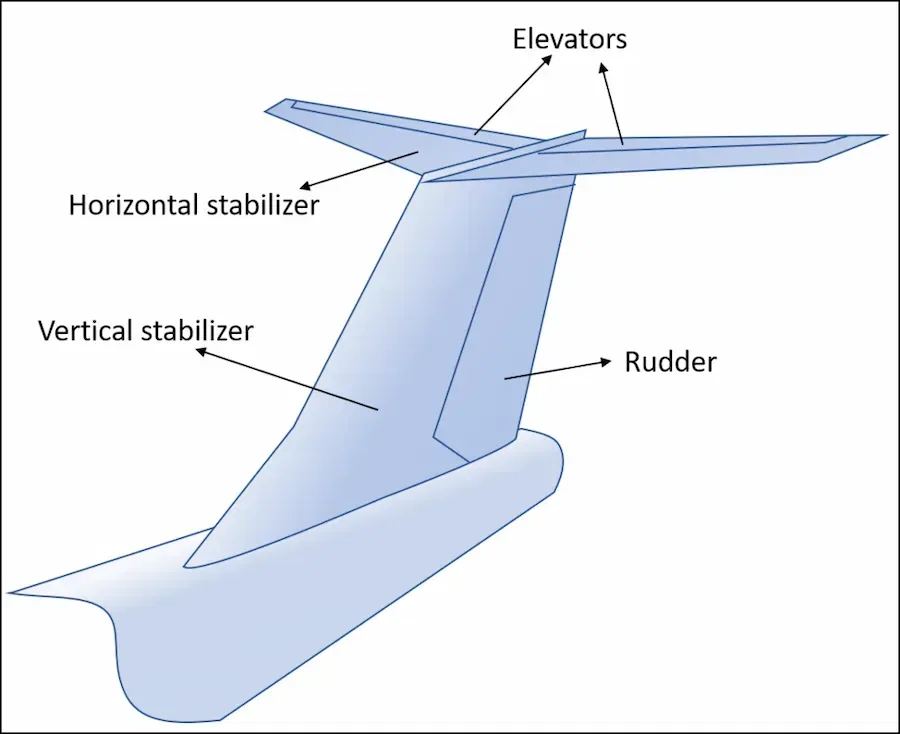
3. V-Tail (Butterfly Tail)
Structure: Two surfaces angled in a “V” configuration, combining functions of both rudder and elevator.
Advantages:
- Lighter and less drag
- Fewer parts
Challenges:
- Requires complex control mixing (ruddervator)
- Potential for less precise control if not well-tuned
Common In: Some drones and experimental aircraft
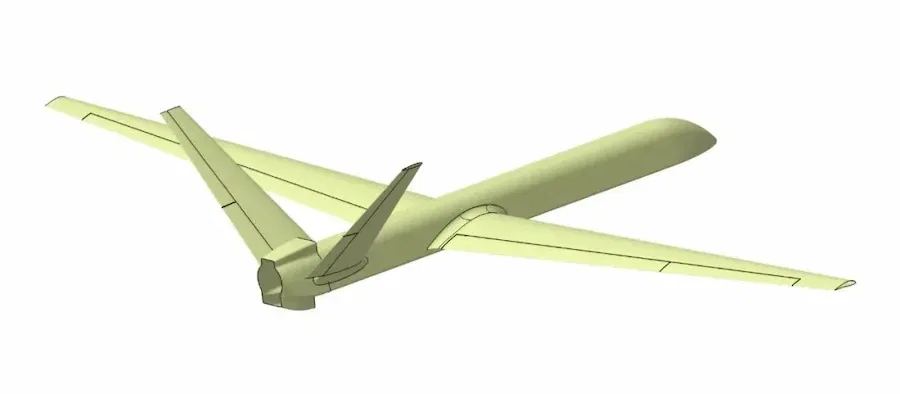
4. Cruciform Tail
Structure: Horizontal stabilizer mounted midway up the vertical fin (forming a cross when viewed from the front).
Advantages:
- Compromise between conventional and T-tail benefits
- Reduces some interference drag
Use Case: Military aircraft and missiles
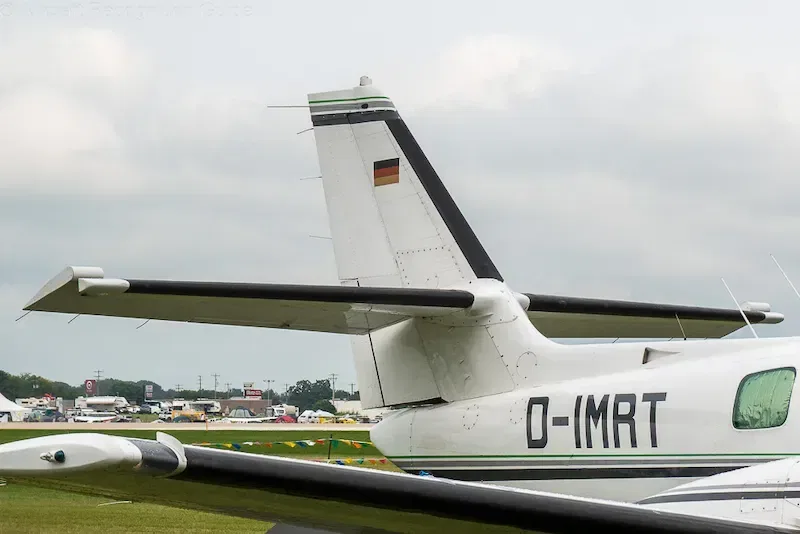
5. Twin Boom Tail
Structure: Two tail booms extending from the wings or fuselage, with horizontal stabilizer between them.
Advantages:
- Clear rear fuselage (good for pusher propellers or cargo access)
- Balanced lateral stability
Use Case: UAVs, surveillance aircraft, RC planes with rear motors
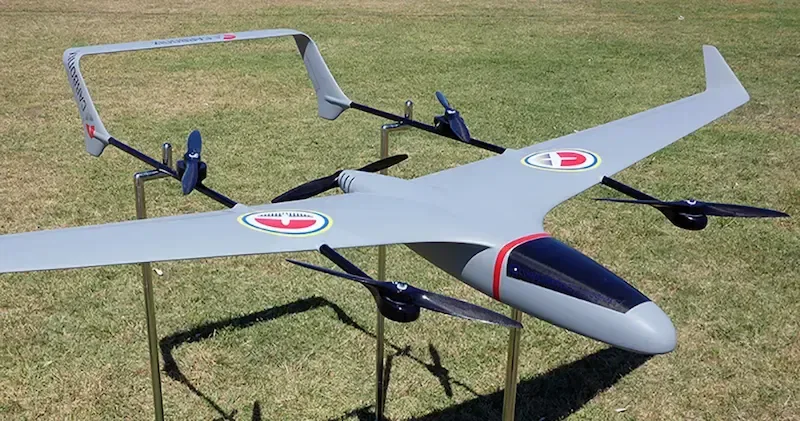
Why Birds Don’t Need a Vertical Stabilizer
Unlike man-made airplanes, birds don’t have a vertical stabilizer on their tails—and yet they fly with astonishing stability and control. So how do they achieve yaw control and directional stability?
Birds Use Dynamic Control Instead of Fixed Surfaces
While aircraft rely on fixed tail surfaces like rudders and stabilizers to stay aligned in the air, birds achieve the same effect actively, using:
- Tail Feathers: Birds fan and angle their tail feathers to assist with pitch control and braking. While it resembles a horizontal stabilizer in function, it can also subtly influence yaw by asymmetric movement.
- Wing Control: Birds twist and adjust their wings independently. If a bird wants to turn right, it can slightly reduce lift on the right wing or increase drag, causing the body to yaw toward that side.
- Head and Neck Movement: In some birds, shifting the head or neck slightly also helps rebalance flight orientation.
- Body Flexibility: Birds can curve or bank their entire body to maintain directional control.
Real-Time Stability via Reflexes
Birds use their advanced nervous systems and visual feedback to make constant real-time adjustments. What a vertical stabilizer does passively for an aircraft, birds achieve through continuous micro-corrections—a kind of living flight control system.
Can Aircraft Mimic Birds?
Modern drones and experimental aircraft are starting to mimic bird-like control by using active feedback systems and movable control surfaces instead of traditional stabilizers. This field, called biomimetic flight, is pushing the boundaries of what aircraft can do—taking cues directly from nature’s own fliers.
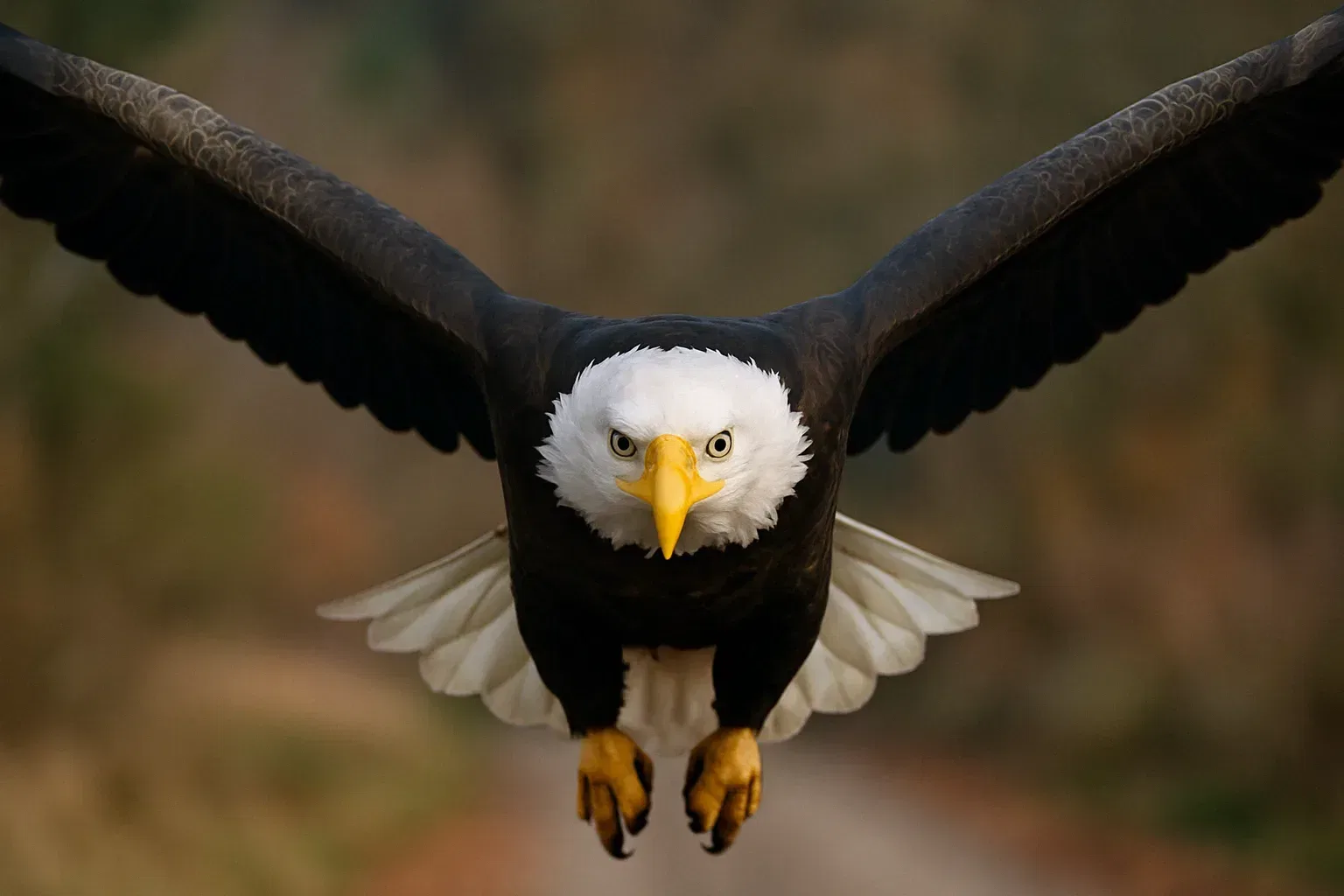
Case Study: Northrop B-2 Spirit — A Tailless Flying Wing
The Northrop B-2 Spirit stealth bomber uses a flying wing design, which means it does not have a traditional tail—no horizontal or vertical stabilizers.
Tail Configuration:
Type: Tailless Flying Wing
Vertical Stabilizer: None
Horizontal Stabilizer: None
Control Surfaces: Elevons (combined elevator and aileron surfaces) and split rudders (on the wingtips)
How It Works Without a Tail
The B-2 achieves pitch, roll, and yaw stability using advanced flight control computers and carefully engineered wing geometry. The key elements include:
- Split Rudders: Located near the wingtips, they open differentially to generate drag on one side of the aircraft, enabling yaw control.
- Elevons: These control surfaces act as both elevators and ailerons, handling pitch and roll simultaneously.
Why No Tail?
- Stealth: Eliminating the tail reduces the radar cross-section, making the aircraft more difficult to detect.
- Aerodynamic Efficiency: Less surface area and drag can improve performance.
- Reduced Weight: Fewer components result in a lighter airframe.
However, without a tail, the B-2 lacks natural stability, requiring constant adjustments from its onboard flight control system to maintain balanced flight.
Modern drones and experimental aircraft are starting to mimic bird-like control by using active feedback systems and movable control surfaces instead of traditional stabilisers. This field, called biomimetic flight, is pushing the boundaries of what aircraft can do—taking cues directly from nature’s own fliers.
